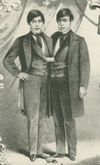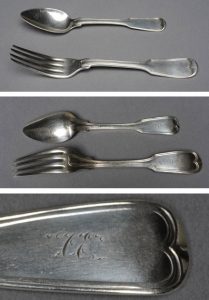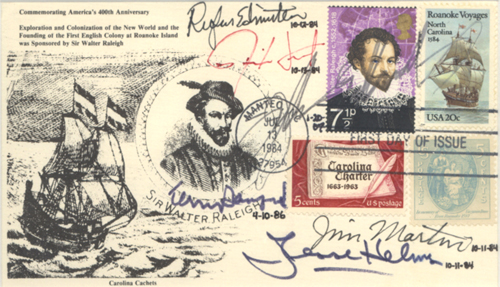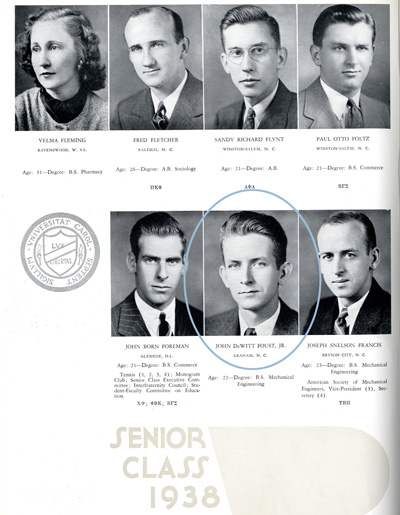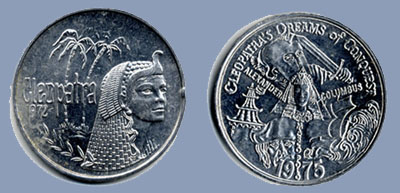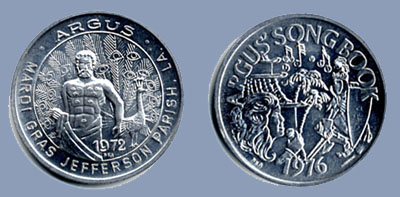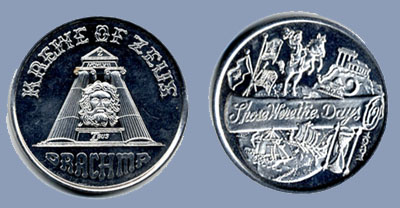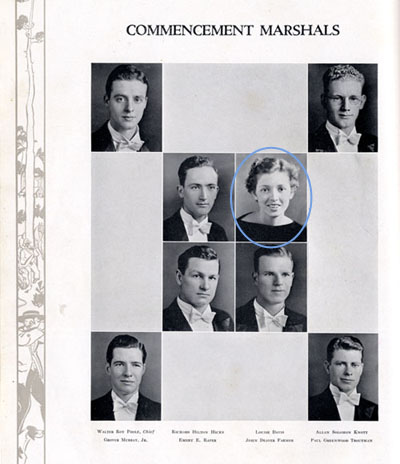The North Carolina Collection Gallery exhibit on Chang and Eng Bunker, the original “Siamese twins,” continues to fascinate and intrigue visitors. Among the items on display are artifacts from Chang and Eng’s many years on tour, a time when they were presented as walking curiosities to paying spectators in town after town. Figurines and advertisements in the Gallery’s exhibit provide a window into the twins’ travels, compelling us to wonder what it was like to live on display.
But for many visitors, what’s even more absorbing are the materials that illuminate the Bunkers’ lives at home in North Carolina, with their wives and dozens of children, away from the inquisitive eyes of the world. A picture of Eng’s home in Surry County. A letter opener. A photo of the twins with two of their sons. These items speak of extraordinary efforts made to lead ordinary lives, despite challenges that most of us can barely imagine.
Our May artifacts of the month fall into that second category. These pieces of silverware, recently donated by one of Chang’s descendants, bear on their handles the initials “CE,” for Chang and Eng. The silverware pattern was known as “Fiddle Thread” and was made by Tenney.
It is precisely the ordinariness of these artifacts that makes them worth contemplating. They offer one more reminder that daily life for Chang and Eng was not all that different from the lives of their neighbors.

